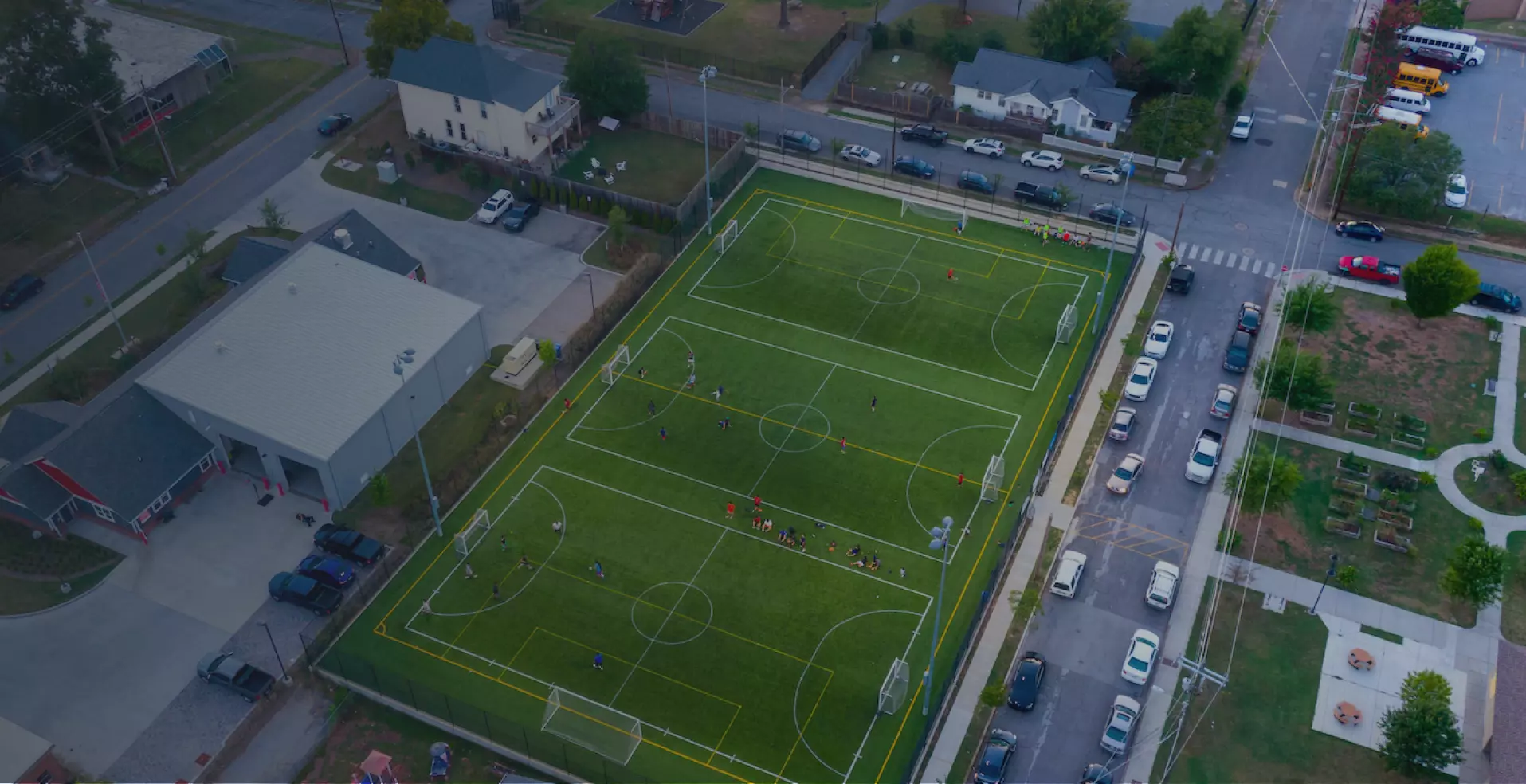Major League Soccer

GETTING STARTED WITH VELOCITY BASED TRAINING
Daniel Hicker is a Head Athletic Performance coach in Major League Soccer. He formerly worked for the San Jose Earthquakes FC and is currently with the Columbus Crew FC. Daniel has been incorporating sports technology since starting in college coaching in 2012. In 2014, he was coaching with the San Jose Sharks and was introduced to VBT via Tendo Units. Seeing how athletes took to the tech and improved their performance in and outside the weight room, he was convinced.
Once Daniel was introduced to the seamlessness of Perch, he integrated it into training sessions, using objective data to connect with how athletes were subjectively feeling to make smarter training decisions. Daniel regularly tracks data, no longer relying on 1RM tests to see where athletes are and adjusting daily workouts for optimal long-term strength development. With the Quakes and in Major League Soccer, he used VBT to understand how lifting impacts performance. This lead to more intent in training sessions and helping traditionally non-lifters buy into strength training.

IMPLEMENTING VELOCITY BASED TRAINING
Daniel utilizes VBT to better understand where an athlete’s readiness and fatigue is, pivoting if needed. He uses metrics to help his athletes understand the correlation between weight lifting and on-field performance. For athletes who don’t love to lift, VBT can help them understand the importance. Daniel monitors his Major League Soccer players peak velocity for any explosive movement and mean velocity for any strength movement, building a database of performance to refer back to over time.

VELOCITY RANGES Can be helpful to educate athletes in the weight room with performances outside of it
TECHNOLOGY CAN HELP Paint a picture of athletes for athletes and for coaches. Don’t overcomplicate it, but definitely incorporate it and remember to start slow!
LET IT GUIDE CULTURE Soccer players traditionally don’t love lifting, so using VBT, we can create a weight room culture that is about output, and less about maximal loads lifted. This is huge for us.
OUR TIPS & TRICKS
KEEP IT SIMPLE! Daniel is always looking for long term athletic development, weight room technology is a tool that can help get athletes there, but he always refers back to his philosophy of keeping quality, keeping it simple, and getting long term athletic development right.
USE DATA TO EDUCATION Athletes on what they feel and connecting outputs on the field with the weight room
CONNECT YOUR PROGRAMMING WITH ON FIELD OUTPUTS TOO Data isn’t just for the athletes, you need to collect it and connect it, backing off or pushing hard as needed

WEIGHT ROOM VBT CULTURE
Daniel originally pushed back against having too much tech in the weight room, nervous that it would cause his athletes to hover around a tablet instead of keep focus. Once he integrated Perch and saw how simple and seamless it was, it was a no-brainer. More than anything, soccer players aren’t traditionally big on lifting, but using VBT technology, Daniel is able to build buy-in by creating a culture that focuses on quality of movement, over quantity lifted.
This simple switch allows athletes to understand why they’re lifting, and see the impact it has with objective and immediate data. There’s no pushback against loading up because the athletes can see that they’re in the velocity zones to perform well. With load secondary to performance, his athletes trust him more. Creating that trust and buy-in with anything is huge, especially with new weight room technology.

DOWNLOAD THE FULL CASE STUDY & FOLLOW US!
Keep checking back for more velocity based training content, tips, tricks, and tools. And don’t forget to follow us on Twitter , Instagram and LinkedIn and like us on Facebook . And more on our YouTube Page!


